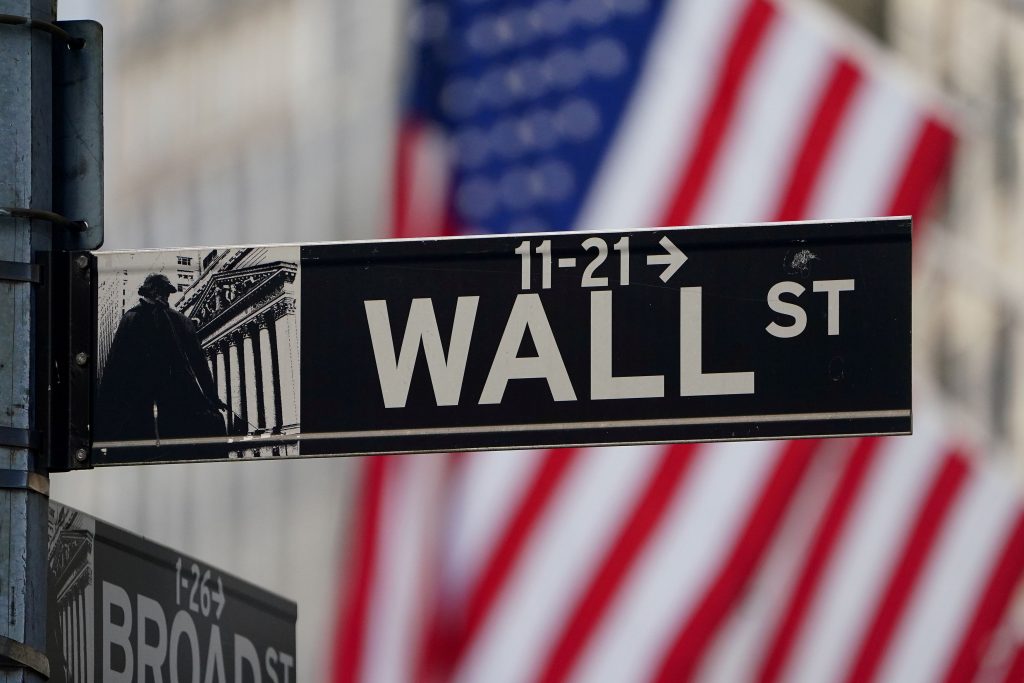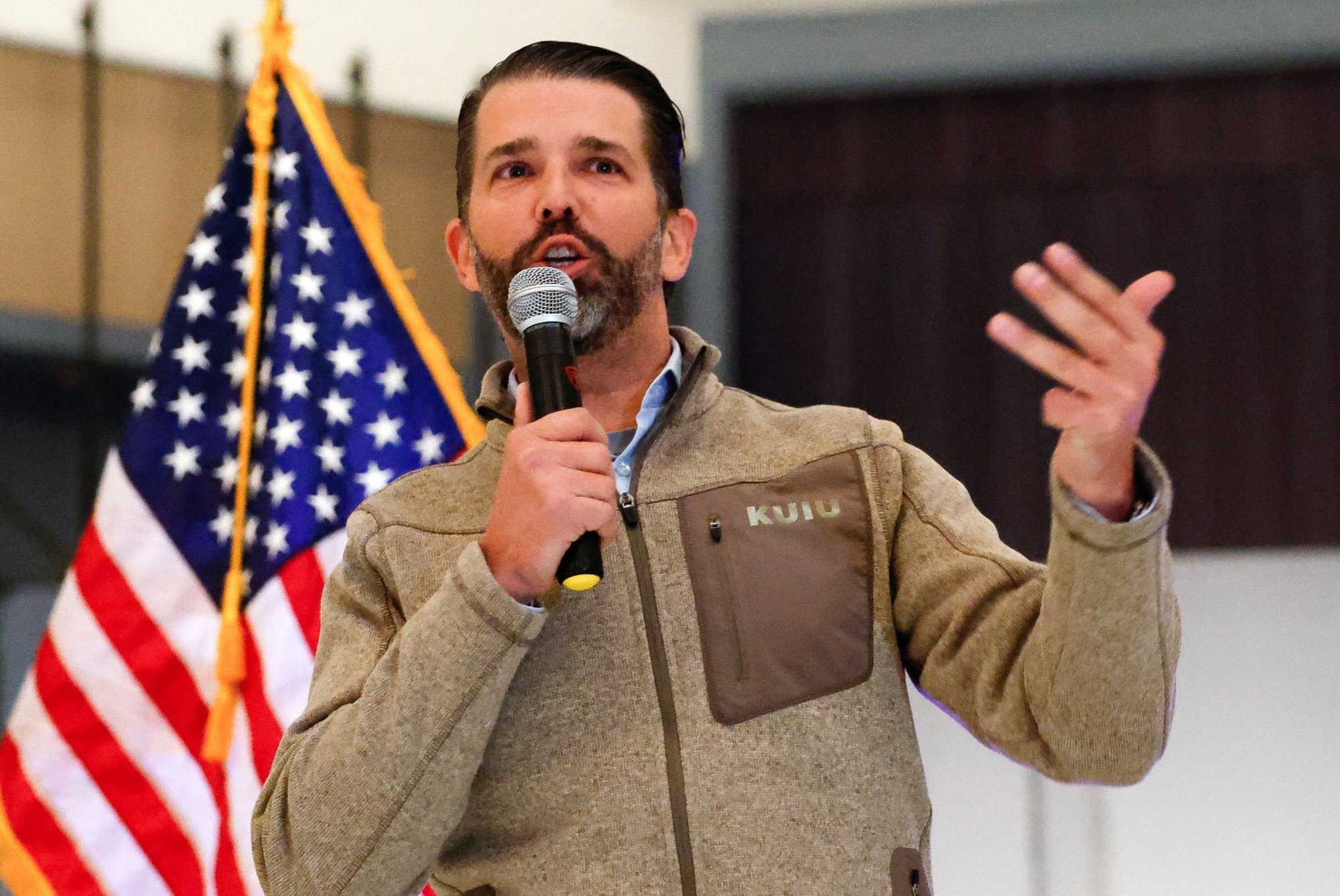The trend is not entirely recent: for a few years the big investment groups of the USA – and not only – have bet more on the market and in general on the development perspective of India, withdrawing capital from their “beloved” China for more than twenty years.
But the returns of the shares of companies listed on the Indian markets also exceed the returns of the Chinese ones. It is perhaps no coincidence that India’s “overtake” coincided with the outbreak of COVID-19 in China.
The trade war
It may also not be a coincidence that it was prepared a few years earlier with targeting by the government Donald Trump as spies on major Chinese conglomerates such as Huawei, and the initiation of a game of sanctions by Washington and retaliation by Beijing, leading to a Sino-US trade war that quickly poisoned the entire West’s relations with China.
Perhaps, finally, the “bet” on India instead of China is because the market is “chilling” Trump’s return to the White House on January 20, 2025 and is preparing for the further deterioration of Sino-American relations. Just last Tuesday, moreover, Trump announced new sanctions against Beijing “next year when he becomes president of the United States again.”
Divergent courses
For now, “Wall Street giants such as Goldman Sachs and Morgan Stanley are choosing the large Southeast Asian nation as their first investment destination for the next decade,” as Bloomberg reports. And it’s not just these two flagship Wall Street banks that are playing the India card. “The $62 billion Marshall Wace hedge fund is placing its biggest bet on the Indian market. Zurich-based holding company Vontobel Holding AG is doing the same, while Janus Henderson Group Plc is looking for takeover targets in India, preferring it over all emerging markets. Even Japan’s traditionally conservative investors are turning to India, limiting their exposure to China,” notes Bloomberg.
Investors are closely watching the opposing paths of Asia’s two biggest economic powers. India has become the fastest growing economy and the Prime Minister’s policy of attracting investment and laying new supply lines through infrastructure improvement Narendra Modi it bears fruit. On the other hand, China is struggling to overcome chronic economic problems while at the same time deepening mistrust with the West. “There are many reasons that investment interest in India is increasing – and one of them is simply that it is ‘not China,'” Vikas Persad of M&G Investments in Singapore told Bloomberg.
They buy frantically
But it is also the objective rise of Indian economic figures in the 21st century. The growth rate of the Indian economy has been around 7% in recent years. “In the last 20 years, the country’s GDP and capitalization jumped from 500 billion dollars to 3.5 trillion dollars. dollars. People are still trying to understand what is really happening in India.” reminds o Aniket Shah of Jefferies Group in a recent note. The transfer of funds from one country to another is also impressive.
In mid-January last year, India overtook Hong Kong, if only briefly, to temporarily become the world’s fourth-largest market by market capitalization. But Morgan Stanley predicts that by 2030 the Indian capital market will have climbed to third place globally. Already, the weighting of Indian stocks in MSCI’s emerging market index has jumped to a record 18%, while the weighting of Chinese stocks has fallen to a record low of 24.8%. However, the Chinese capital market is in the stage of disinvestment, if not collapse – a few days ago Kyle Bass of Hayman Capital speaking on CNBC TV likened it to the collapse of the American 15 years ago.
#Wall #Street #turning #China


